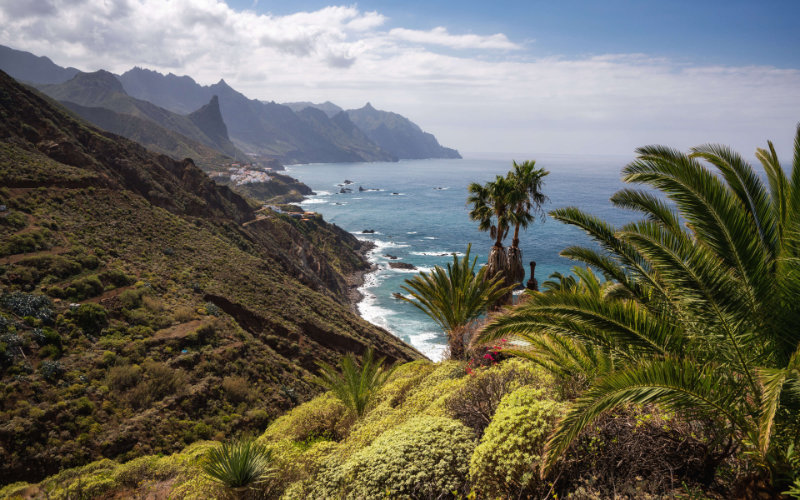Atlas Mountains Reshape Theory: Canary Islands’ Origin Linked to Tectonic Fractures, Not Hotspots

A study conducted by Spanish scientists reveals that the formation of the Canary Islands is not due to the activity of a fixed hotspot in the Earth’s mantle, but to fractures in the lithosphere, caused by interaction with the Atlas Mountains.
The study, recently published in the scientific journal Earth-Science Reviews, was carried out by a multidisciplinary team from the Complutense University of Madrid, the University of La Laguna and the Spanish Geological and Mining Institute (IGME-CSIC). The scientists concluded that the formation of the islands is not due to the activity of a fixed hotspot in the Earth’s mantle, but to fractures in the lithosphere, caused by interaction with the Atlas Mountains, reports La Razon.
This study highlights three key points that contradict the classical hotspot theory. First, the absence of a vertical magma conduit. Unlike Hawaii, where a deep channel through which the magma rises has been identified, such a structure has not been detected in the Canary Islands, after decades of geophysical studies. Next, simultaneous eruptions on several islands. Historical and geological records show that several Canary Islands have experienced volcanic activity at the same time. Finally, abnormal tectonic uplift. While Hawaiian volcanoes sink over time under the weight of the oceanic lithosphere, some regions of the Canary Islands, such as Fuerteventura, have experienced uplifts of up to 2,000 meters, suggesting the existence of tectonic uplift forces.
For the researchers, the formation of the archipelago is more related to plate tectonics than to deep mantle phenomena. According to this new hypothesis, the stresses generated by the collision and interaction between the African plate and the Atlas Mountains have created deep fractures in the oceanic crust. These ruptures would have allowed the magma to rise and give birth to volcanic islands.
This hypothesis not only explains the long duration of volcanic activity in the Canary Islands, which extends over more than 20 million years for some of them, but also unexplained geological phenomena, such as the presence of high-altitude marine sediments in Fuerteventura, which testify to active tectonic uplift processes. This study "modifies our understanding of volcanic risks in the archipelago," say its authors, explaining that "eruptions would not follow a predictable migratory pattern, but could occur at multiple points in the territory, depending on the regional tectonic dynamics."
Related Articles
-

Casablanca Official Exposes Real Estate Tycoon’s Bribery Attempt in Shocking Land Deal Revelation
28 August 2025
-

Morocco’s Automotive Revolution: From Zero to One Million Cars by 2025
28 August 2025
-

Lavish Wedding Ban Near Tetouan Sparks Controversy: Authorities Crackdown on Extravagant Celebrations
28 August 2025
-

Moroccan Customs Seize Record 167 Million Dirhams in Foreign Currency Crackdown
28 August 2025
-

Rabat’s Transport Revolution: 48km High-Speed Bus Network to Transform Urban Mobility
28 August 2025